Freedom to Read Week
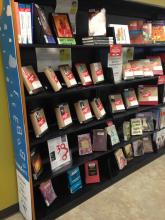
In honour of Freedom to Read Week (February 26 - March 4, 2016), an annual event established by the Book and Periodical Council that “encourages Canadians to think about and reaffirm their commitment to intellectual freedom,”1 the Digital Humanities Innovation Lab (DHIL) has put together a series of visualisations showcasing a selection of challenged books in Canada as well as banned and censored authors all over the world. The project serves to highlight the pervasiveness of censorship among some of the most beloved and important works of literature and places them in the context of the times and places in which they were banned or censored.
Below are four themes, each grouped around important themes of censorship around the world.
1. Challenges to Publications in Canada
Each year books are challenged by library patrons, parents, and community members seeking to remove books from school and library shelves all across Canada. The Canadian Library Association puts together a list every year of challenges to publications in Canadian public libraries and schools. The reasons for challenges include books being age inappropriate, violent, and sexually explicit, among many others.
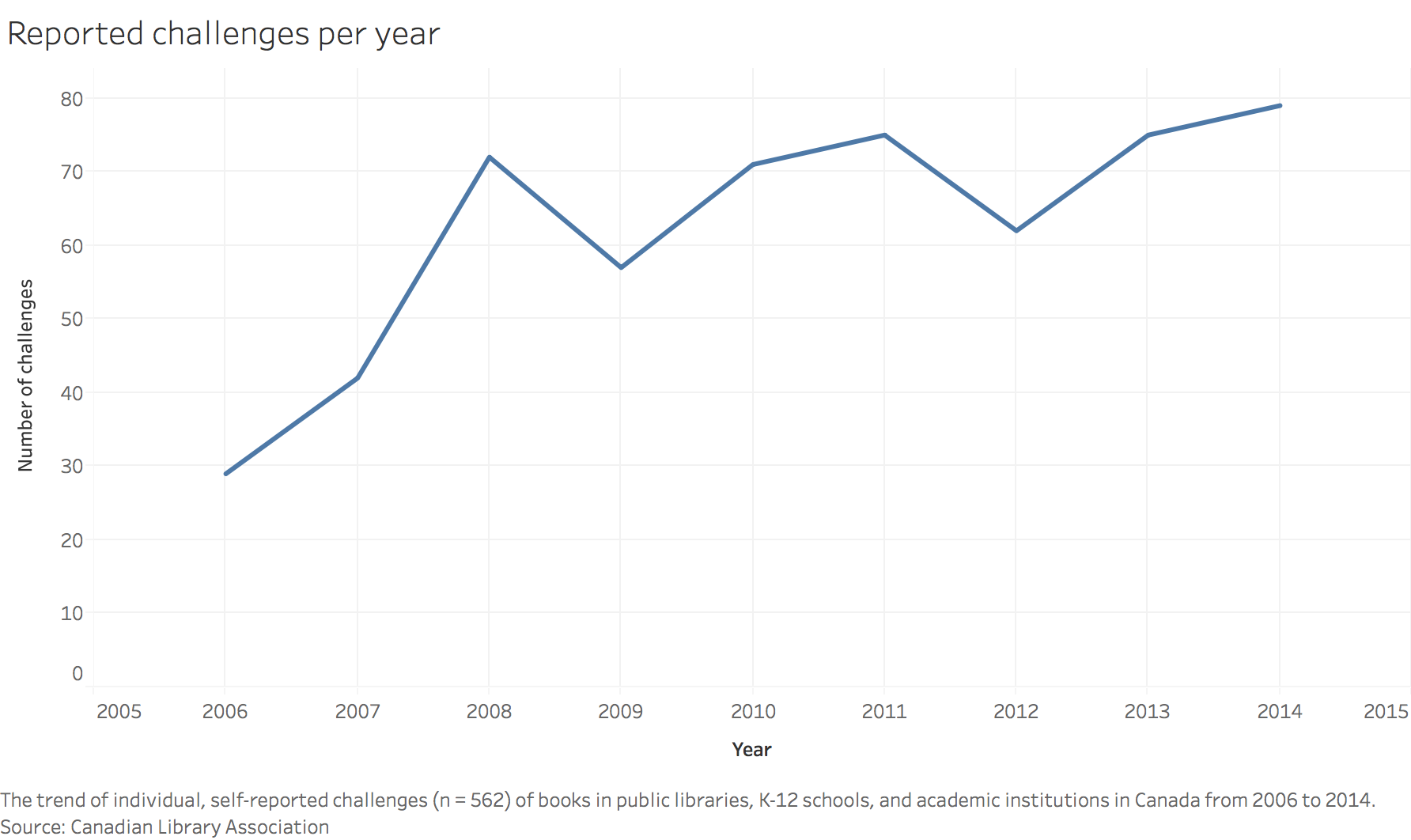
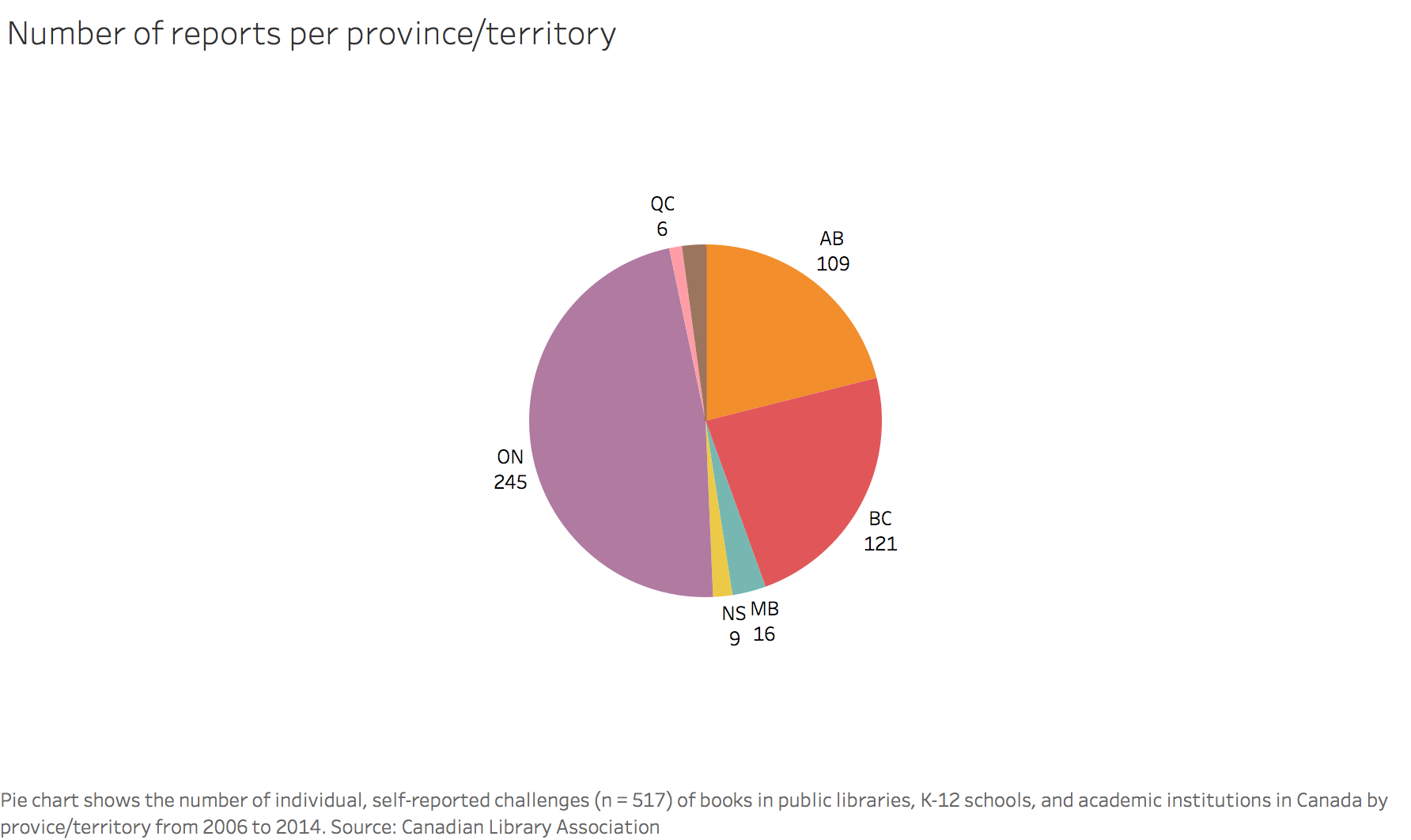
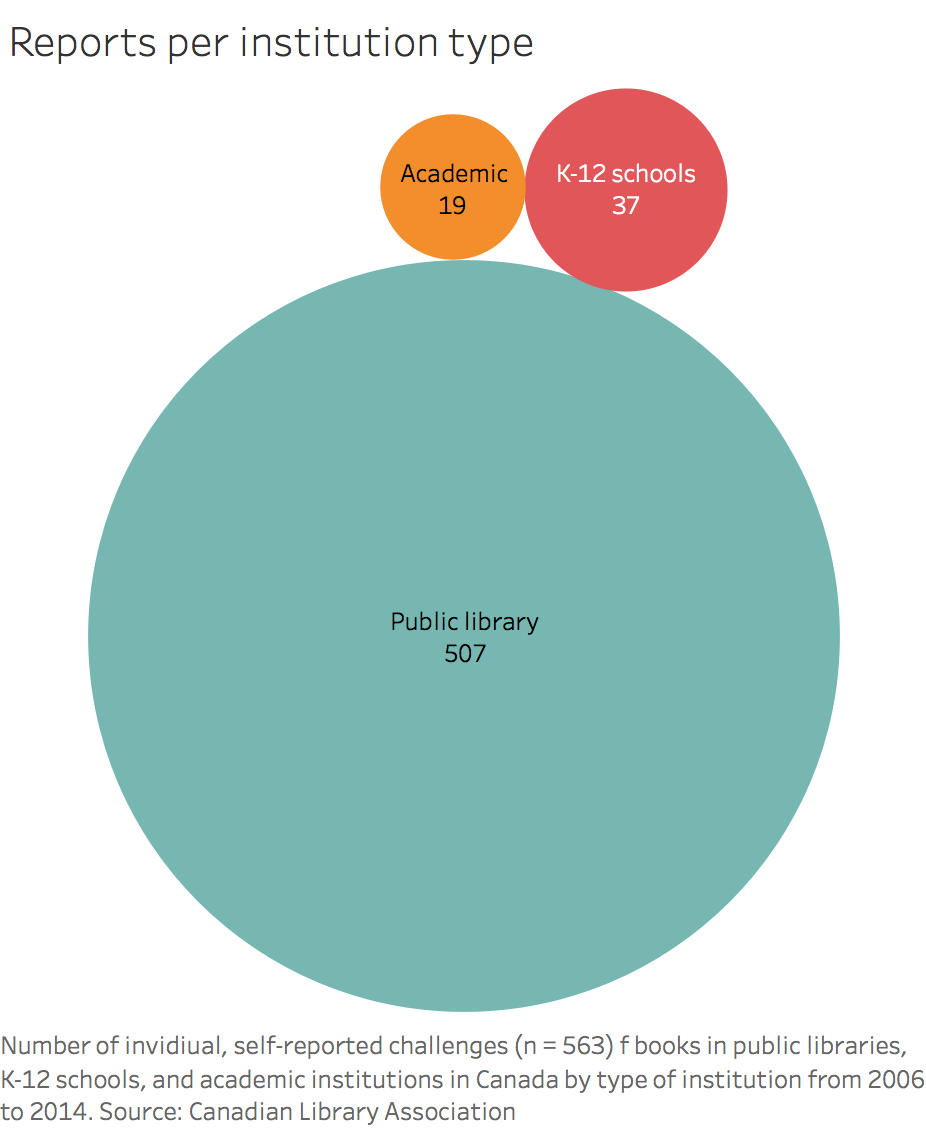
2. Books Banned by the Nazis
Nazi censorship of books began in the 1930s as the fascist movement gained momentum in Germany and Austria. They banned books written by Jewish authors, communists, and those who spoke against the political and cultural goal of the Nazis.2,3
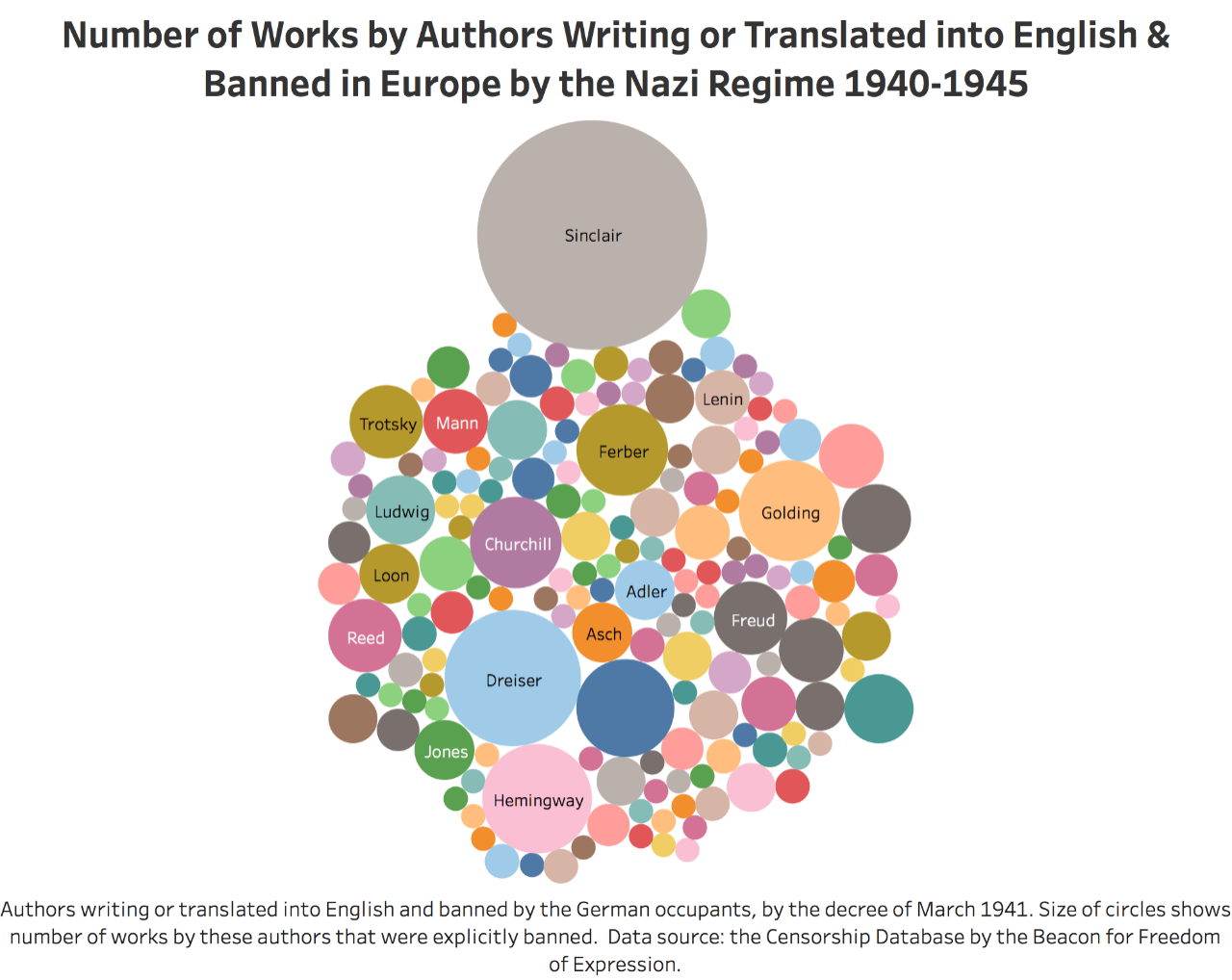
3. Banned 20th-Century Novels in English
The Modern Library, the original parent company of Random House, is known for its somewhat controversial "best of" lists, including its list of best 100 20th-century novels, first published in 1998. Many of the titles in Modern Library's list of best 20th-century novels have been banned at one point over the course of the century, as the following visualisation show.
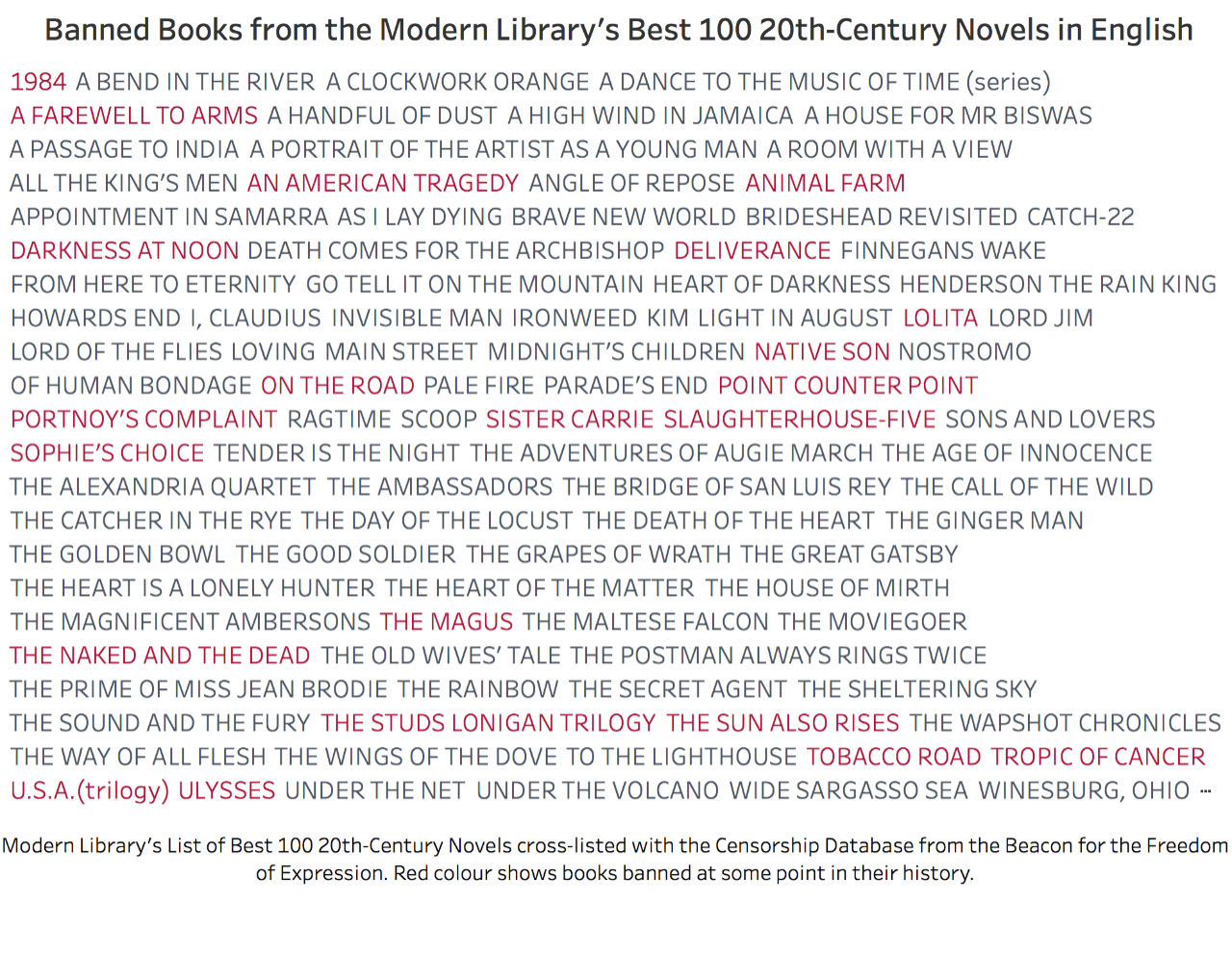
4. Banned Nobel Laureate Authors
Each year the Swedish Academy awards an author the Nobel Prize in Literature for producing the most outstanding body of work in the field of literature. Since the prize was first awarded in 1901, 32 authors on this distinguished list have had works banned or censored by their country of origin or elsewhere in the world for being politically dissenting, sexually explicit, or blasphemous.
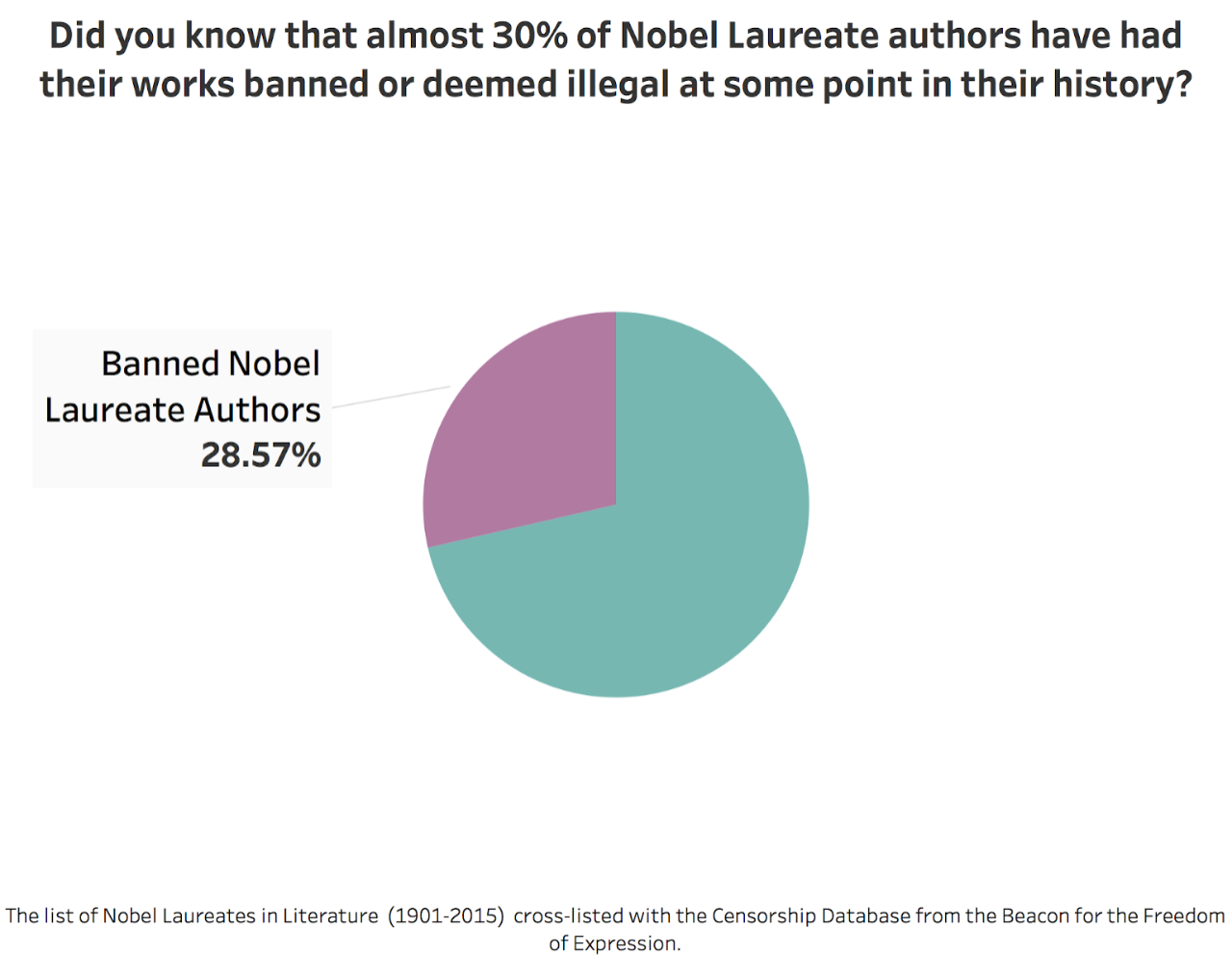
For more information on the on Freedom to Read Week and to see even more visualisations on book censorship, see the Freedom to Read Week display on the third floor in Bennett Library all this week.
Sources:
1. Freedom to Read Week, last accessed February 28, 2017.
2. Jahresliste des schädlichen und unerwünschten Schrifttums (Leipzig: Harrassowitz, 1941).
3. “BFE - Censored publications,” Beacon for Freedom of Expression, last accessed February 18, 2017.

